12 Affordable DIY Tools Every Handyman Recommends
When it comes to DIY home repairs, having the right tools is essential. Whether you’re fixing a leaky faucet, assembling furniture, or tackling a small renovation project, the right tools can make all the difference. Luckily, you don’t need to spend a fortune to build a solid toolkit. There are plenty of affordable, must-have tools that can help you get the job done with ease and precision. In this guide, we’ll highlight some of the most recommended tools by handymen that provide great value without breaking the bank.
This post may contain affiliate links, which helps keep this content free. Please read our disclosure for more info.
Cordless Drill
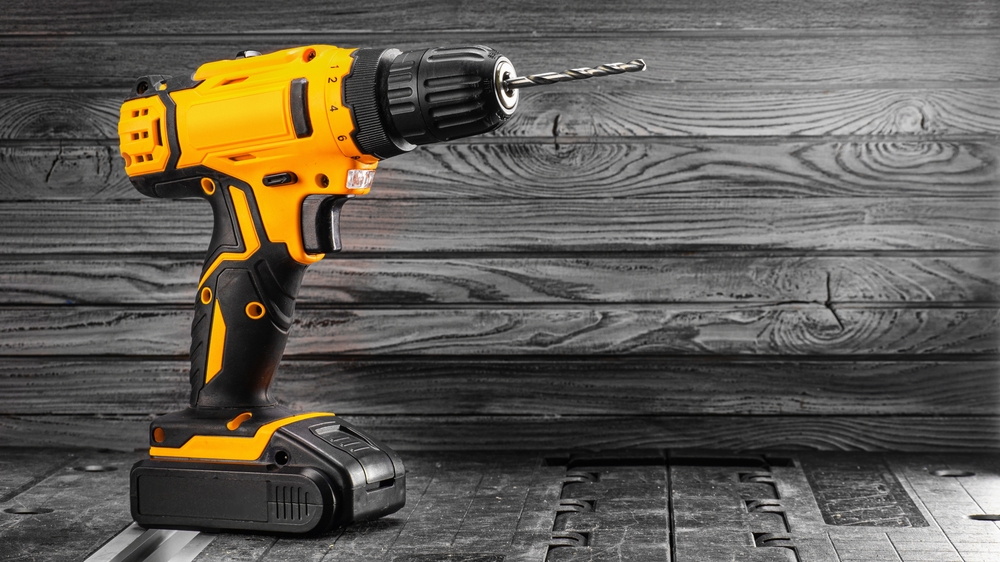
A cordless drill is one of the most versatile tools any DIYer can own. It is essential for drilling holes and driving screws, and it eliminates the need for manual labor with a screwdriver. Handymen suggest choosing a drill with variable speed settings and a rechargeable battery, as this offers flexibility for various tasks around the home. Whether you are installing shelves, putting up curtains, or assembling furniture, a cordless drill will get the job done faster and more efficiently.
Beyond just drilling, many models offer additional features like hammer functions for masonry work and the ability to switch between different drill bits. The convenience of portability makes it easy to take anywhere in your home or yard. Despite its usefulness, a quality cordless drill is affordable and often comes with a set of accessories, making it a top recommendation for anyone starting their DIY journey.
Adjustable Wrench
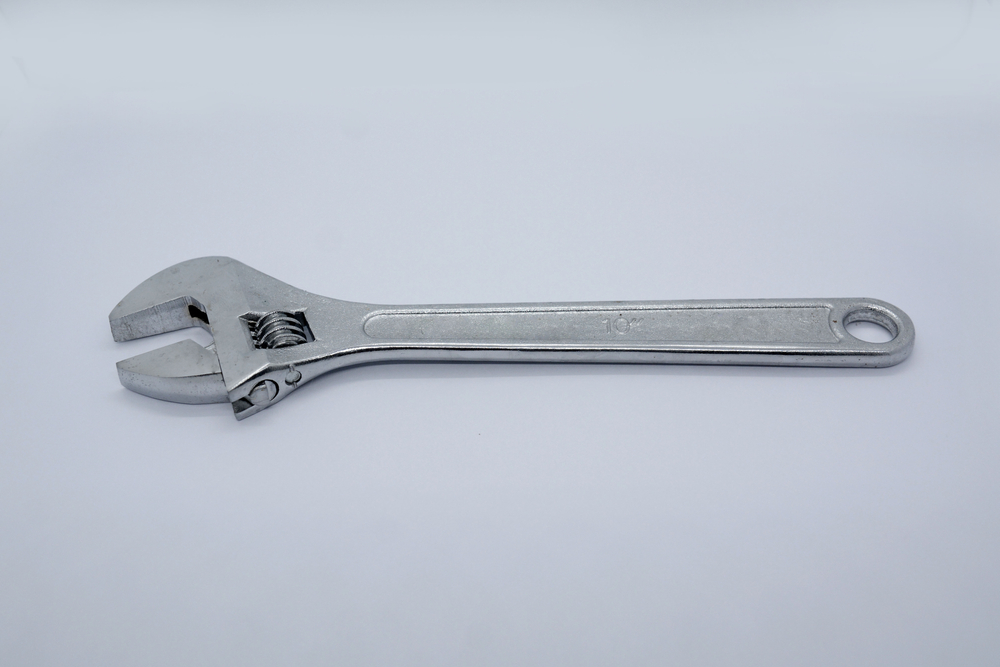
An adjustable wrench is indispensable for tightening and loosening a wide range of fasteners, making it perfect for plumbing repairs, tightening bolts, or assembling furniture. The adjustable jaw allows you to adapt to different sizes of nuts and bolts without needing a whole set of wrenches. Handymen suggest having at least one in your toolbox because of its versatility. It’s especially handy in tight spaces where a fixed-size wrench might not fit.
What makes the adjustable wrench a must-have is its ability to handle both small and large jobs, from minor home repairs like fixing a leaky faucet to larger tasks such as tightening bolts on a car engine or machinery. Given its budget-friendly price, it’s an essential tool that delivers great value for any DIY enthusiast looking to save time and money.
Hammer
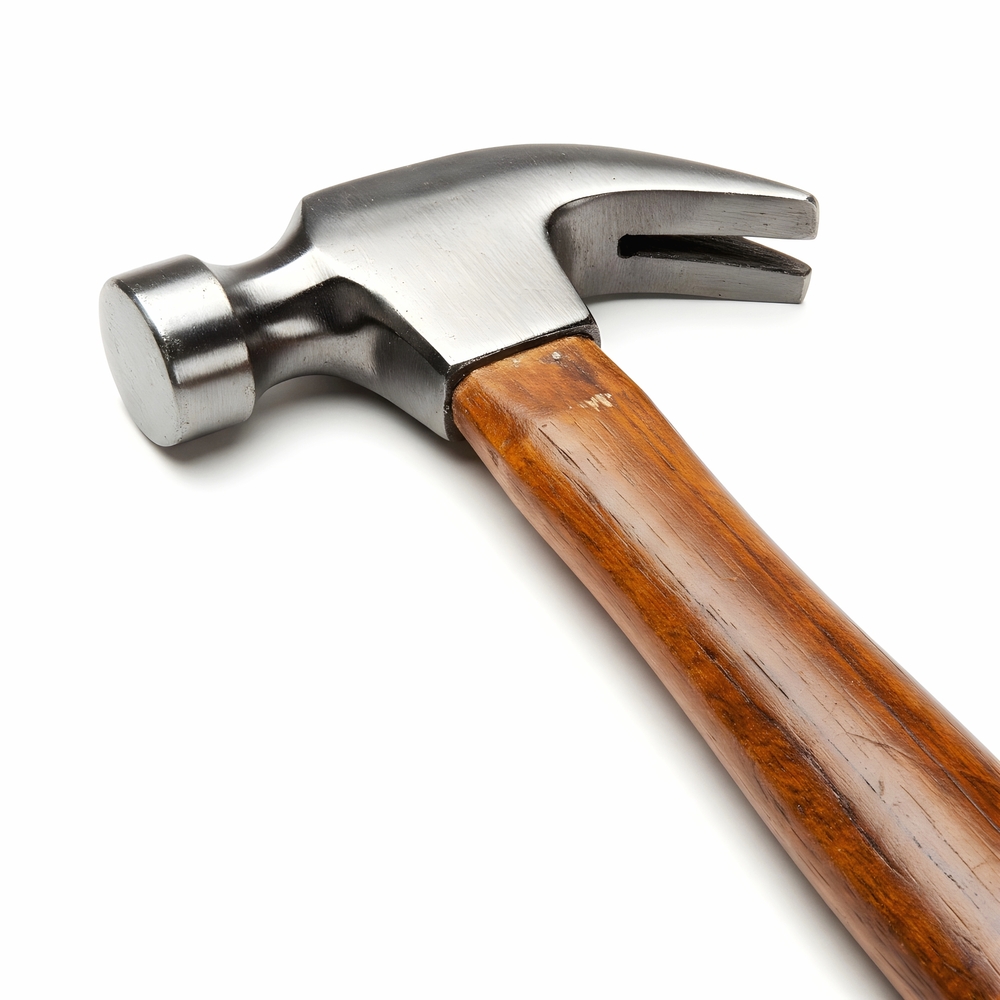
A hammer is a classic tool that should be in every DIY toolbox. Whether you’re hanging pictures, driving nails into wood, or assembling furniture, a hammer is your go-to tool for striking. Handymen recommend choosing a hammer with a comfortable grip and a balanced weight to reduce fatigue during prolonged use. The standard claw hammer is ideal for general tasks, as the curved side allows you to remove nails when needed easily.
In addition to its primary use, hammer are also useful for shaping materials like metal and wood. Despite its simplicity, it’s a tool that you will use frequently, making it an indispensable part of your toolkit. Its affordability and availability in different sizes ensure you can find one that fits your specific needs.
Tape Measure
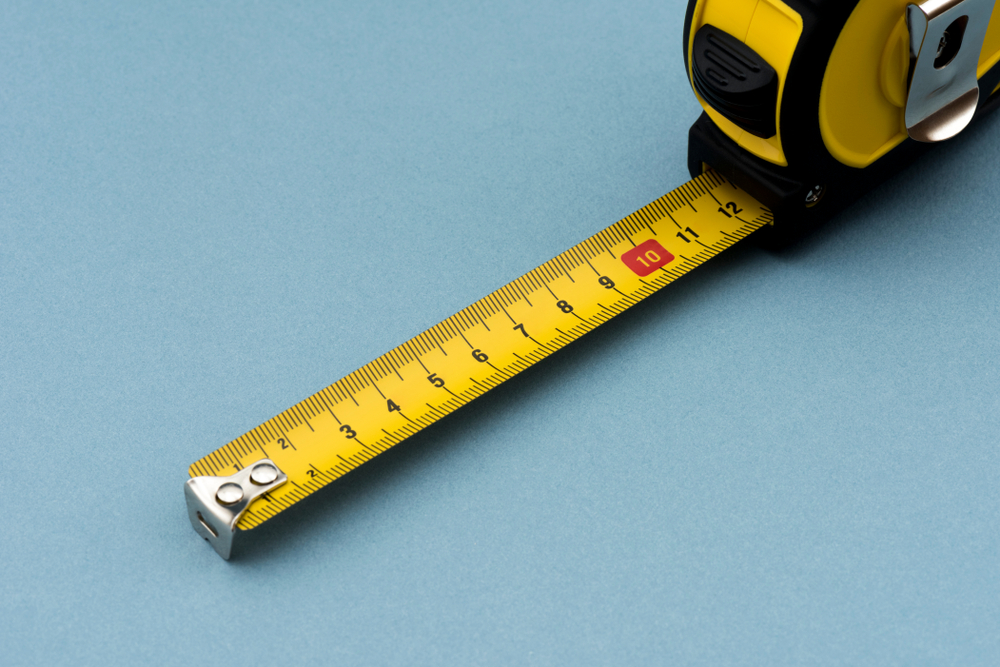
A tape measure is essential for precise measurements when cutting materials, hanging pictures, or installing shelves. Handymen often suggest a 25-foot tape measure for general home repair projects, as it provides enough length for most tasks around the house. Its compact design makes it easy to store in your toolbox, while the retractable feature helps ensure accuracy when measuring both small and large spaces.
A good tape measure is easy to use with its locking mechanism, which ensures the tape stays in place while you measure. With markings for both inches and centimeters, a tape measure is useful for tasks like tiling, furniture placement, and even crafting. Its low cost and wide availability make it a must-have tool for any DIYer.
Utility Knife
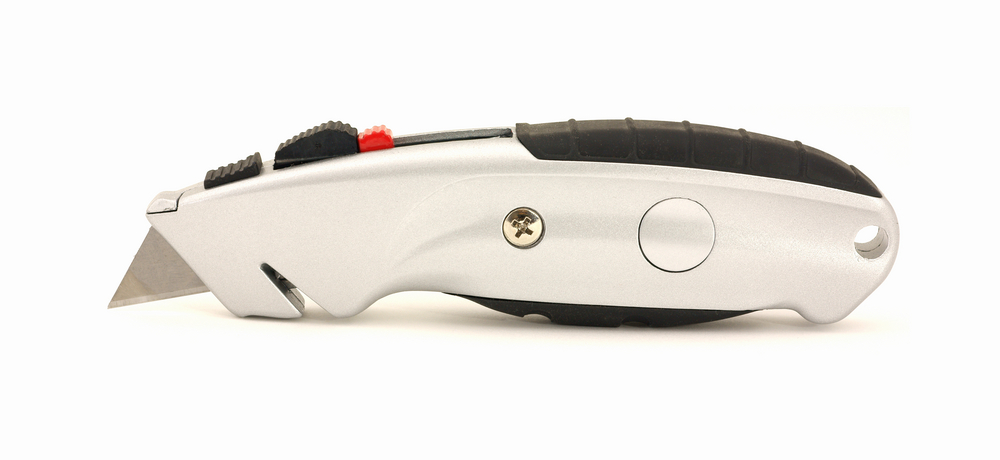
A utility knife is an essential tool for cutting a wide variety of materials, from cardboard and drywall to insulation and plastic. Handymen often recommend having a sharp utility knife in your toolbox, as it allows for clean, precise cuts that are difficult to achieve with scissors or a traditional kitchen knife. The retractable blade ensures safety when not in use, and replacement blades are inexpensive and easy to find.
This tool is versatile and perfect for home improvement tasks such as cutting drywall, trimming carpet edges, or opening boxes. The ergonomic handle and adjustable blade position make it comfortable to use for extended periods without straining your hand. Despite its low cost, a utility knife can handle a wide range of cutting jobs, making it a valuable addition to any DIY toolkit.
Level
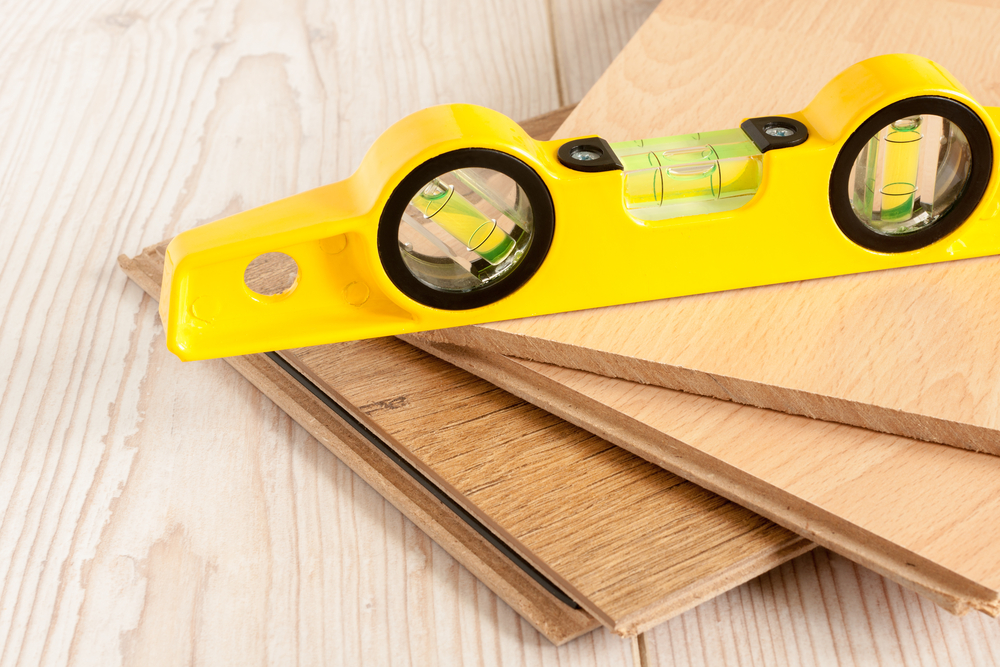
A level is crucial for ensuring that your installations are perfectly straight. Whether you’re hanging shelves, installing tiles, or building furniture, a level will help you achieve professional-looking results. Handymen recommend having a standard 24-inch level, as this size is versatile for most tasks around the house. It can help you determine if surfaces are level or plumb, reducing the risk of crooked installations.
Levels come in various designs, from the traditional bubble level to digital models for more precise measurements. While a digital level offers advanced features, a simple bubble level remains a reliable, cost-effective tool for everyday DIY tasks. Having a level in your toolbox will not only make your work look better but also ensure that your repairs and installations are structurally sound.
Pliers
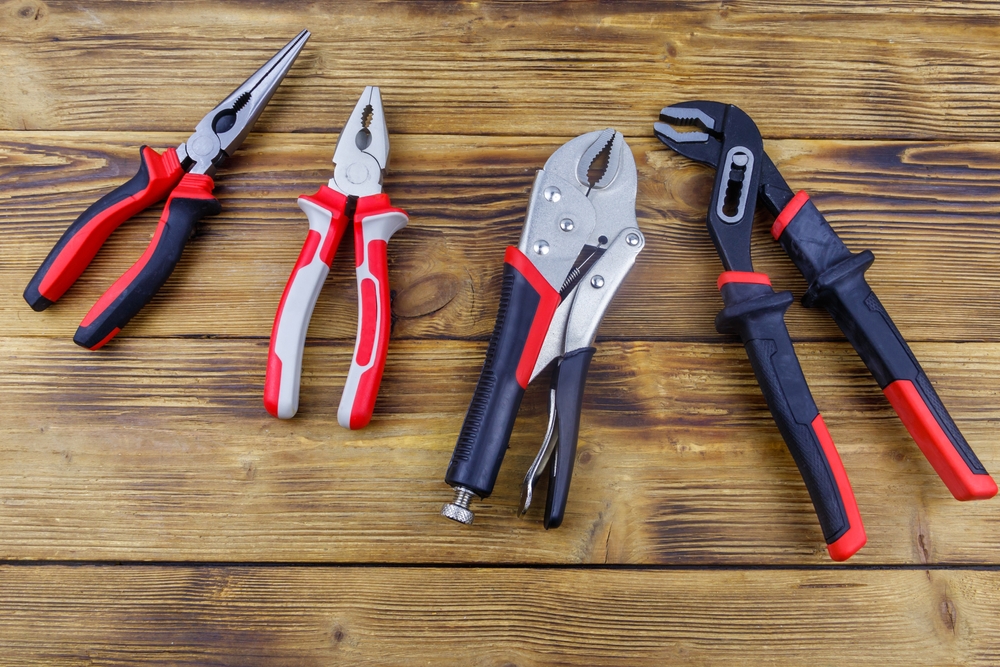
Pliers are a must-have for gripping, bending, and cutting wire, as well as for other small mechanical tasks. Handymen recommend having at least one set of needle-nose pliers for precision work and one pair of standard pliers for general use. The needle-nose variety is perfect for reaching into tight spaces, while standard pliers are great for pulling nails or bending wire.
A set of pliers can handle a wide range of home repair tasks, from electrical work to plumbing. Given their affordability and ease of use, pliers are one of the most frequently used tools in a DIY toolkit. Whether you’re working with small fasteners or needing to adjust components, having a pair of high-quality pliers will make your job easier.
Pipe Wrench
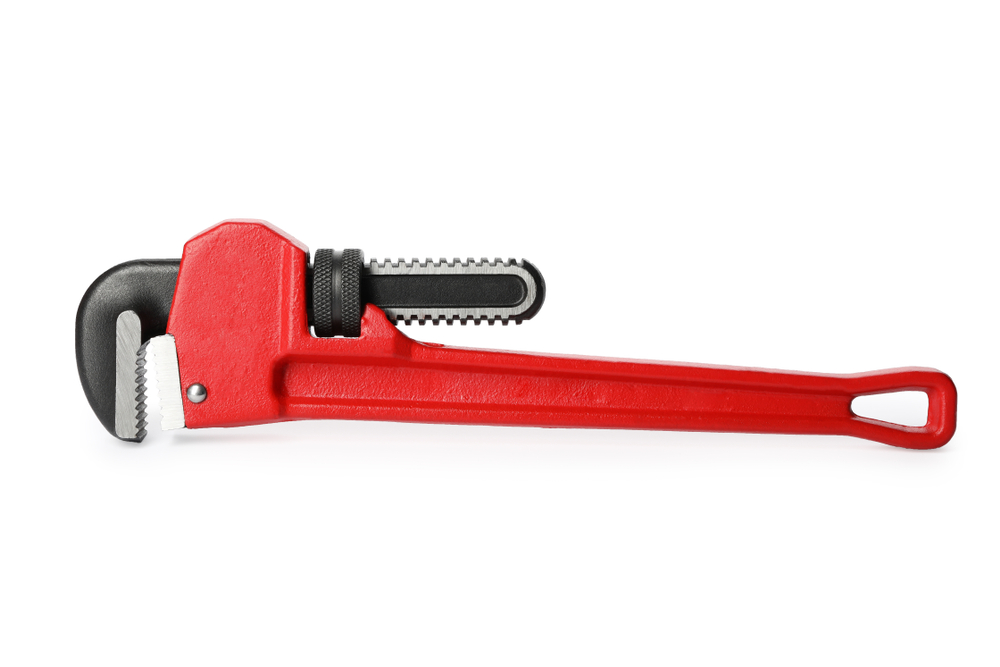
For any plumbing-related home repairs, a pipe wrench is essential for tightening or loosening plumbing pipes. Handymen suggest opting for a pipe wrench with an adjustable jaw so it can accommodate different pipe sizes. Its serrated teeth grip onto pipes securely, making it easier to apply force without damaging the pipe. This tool is especially useful when repairing leaky faucets or replacing damaged pipes.
Although pipe wrenches can be a bit bulkier than other tools, their ability to handle tough plumbing tasks makes them invaluable for home repairs. With a relatively low price, it’s a necessary tool for anyone tackling plumbing projects themselves. Whether you are working with metal or plastic pipes, a pipe wrench ensures that you can securely tighten and loosen them with ease.
Circular Saw
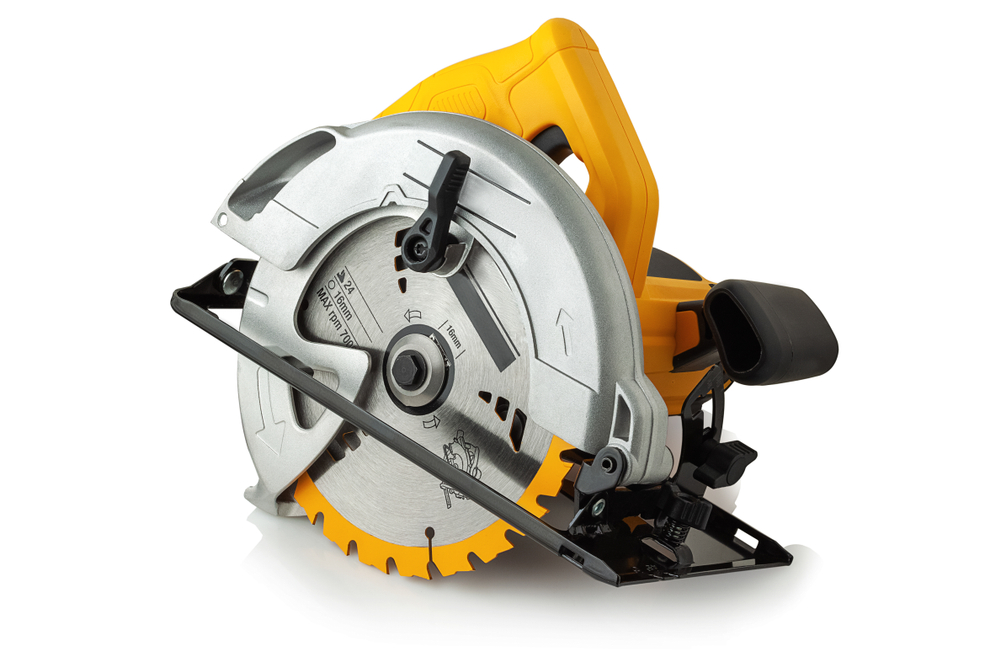
For anyone interested in cutting wood or other materials quickly and precisely, a circular saw is a go-to tool. Handymen recommend a lightweight, budget-friendly circular saw for homeowners tackling DIY projects such as building furniture, installing flooring, or making home improvements. Its sharp blade and adjustable depth settings allow for precise cuts on a variety of materials.
Circular saws are designed to be both efficient and affordable, making them a valuable tool for larger-scale home repair tasks. While safety precautions must always be followed, this tool’s ability to make clean, straight cuts will save time and effort compared to using a handsaw. Its versatility in cutting through wood, metal, and plastic makes it essential for many DIY projects.
Flashlight
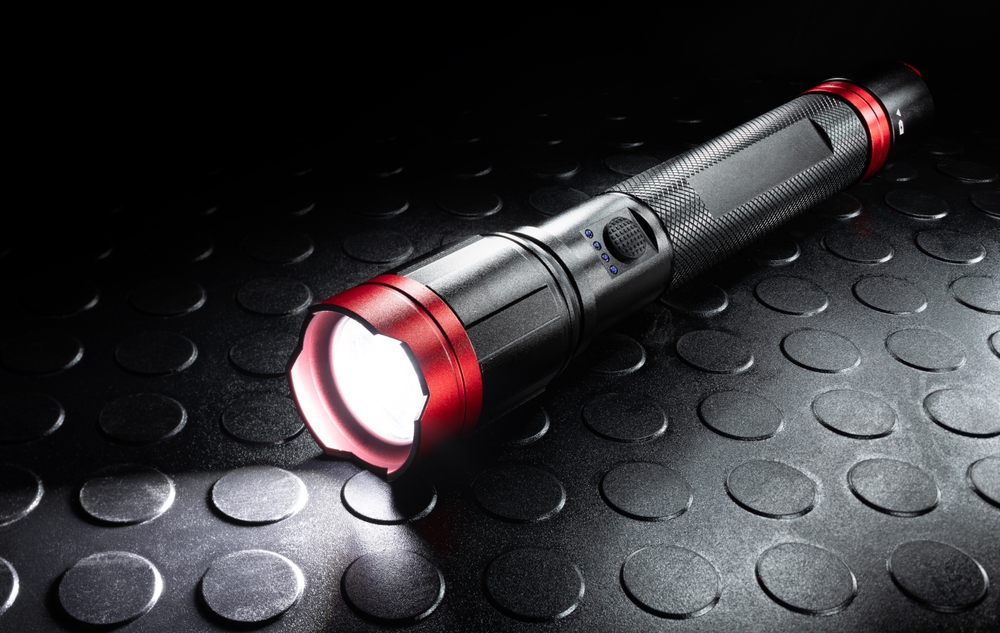
A reliable flashlight is essential for working in poorly lit spaces, such as under sinks, in attics, or during power outages. Handymen recommend choosing a durable, bright LED flashlight for long-lasting performance. LED lights provide bright, clear illumination and consume less battery power, making them more cost-effective in the long run.
Whether you’re working at night or in dimly lit areas, a good flashlight ensures you can see what you are doing without straining your eyes. Flashlights come in various sizes, and many are small enough to fit in your toolbox. Despite being a simple tool, it is one that you will rely on frequently during home repairs, making it an essential investment.
Saw
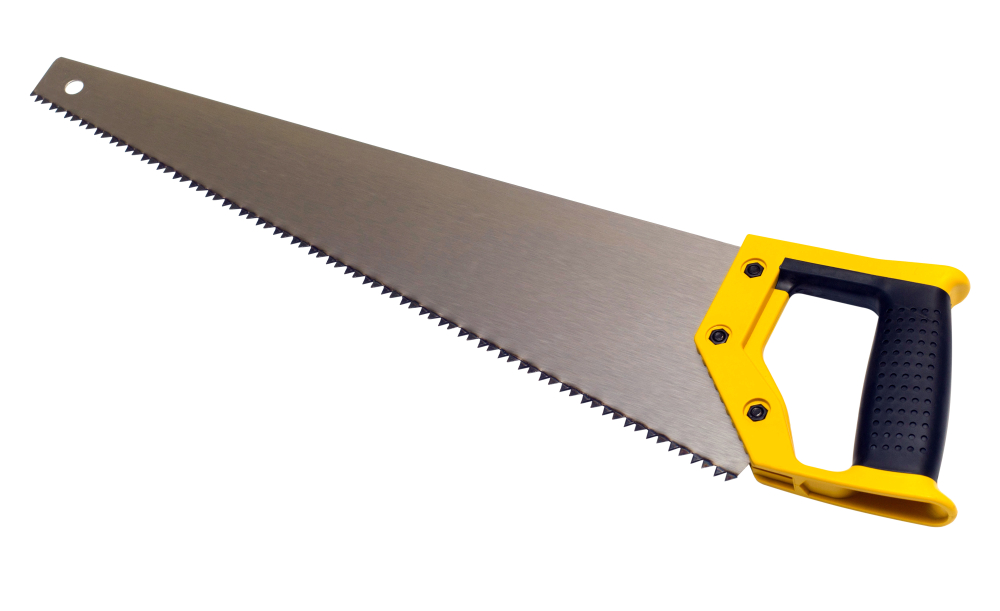
A saw is indispensable for cutting through wood, PVC, and other materials during DIY projects. Handymen recommend a handsaw for simple jobs like cutting wooden boards, while a miter saw is ideal for more precise angled cuts. A good quality saw with a sharp blade will make your job easier and help you achieve cleaner cuts with less effort.
Though more specialized saws can be expensive, a handsaw is an affordable option that works well for many common home repair tasks. Whether you’re cutting wood for a home renovation or trimming branches in the yard, having a saw in your toolkit will allow you to complete many jobs without needing to call in a professional.
Screwdriver Set
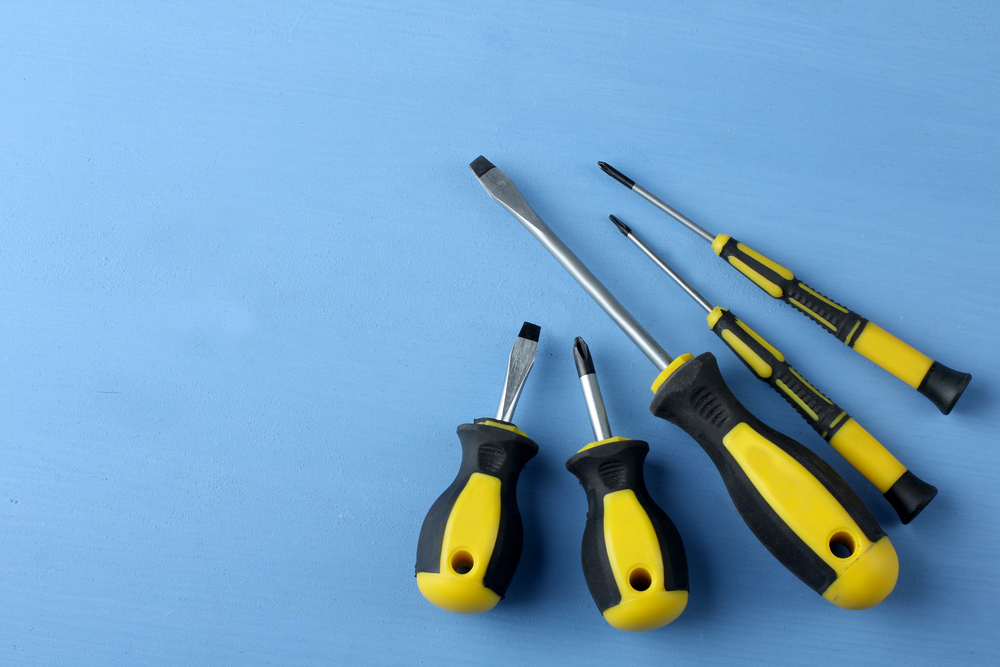
A basic screwdriver set is essential for any DIY home repair project. Handymen suggest getting a set that includes both flathead and Phillips screwdrivers in various sizes to handle different types of screws. This tool is used for everything from assembling furniture to fixing loose cabinet doors or tightening screws on appliances.
Screwdrivers are simple, but they are indispensable for everyday home repairs. While electric screwdrivers can speed up the process, a manual screwdriver set remains a budget-friendly and versatile option. With a variety of sizes and shapes, this set ensures you can tackle a wide range of tasks with ease.
This article originally appeared on Avocadu.
